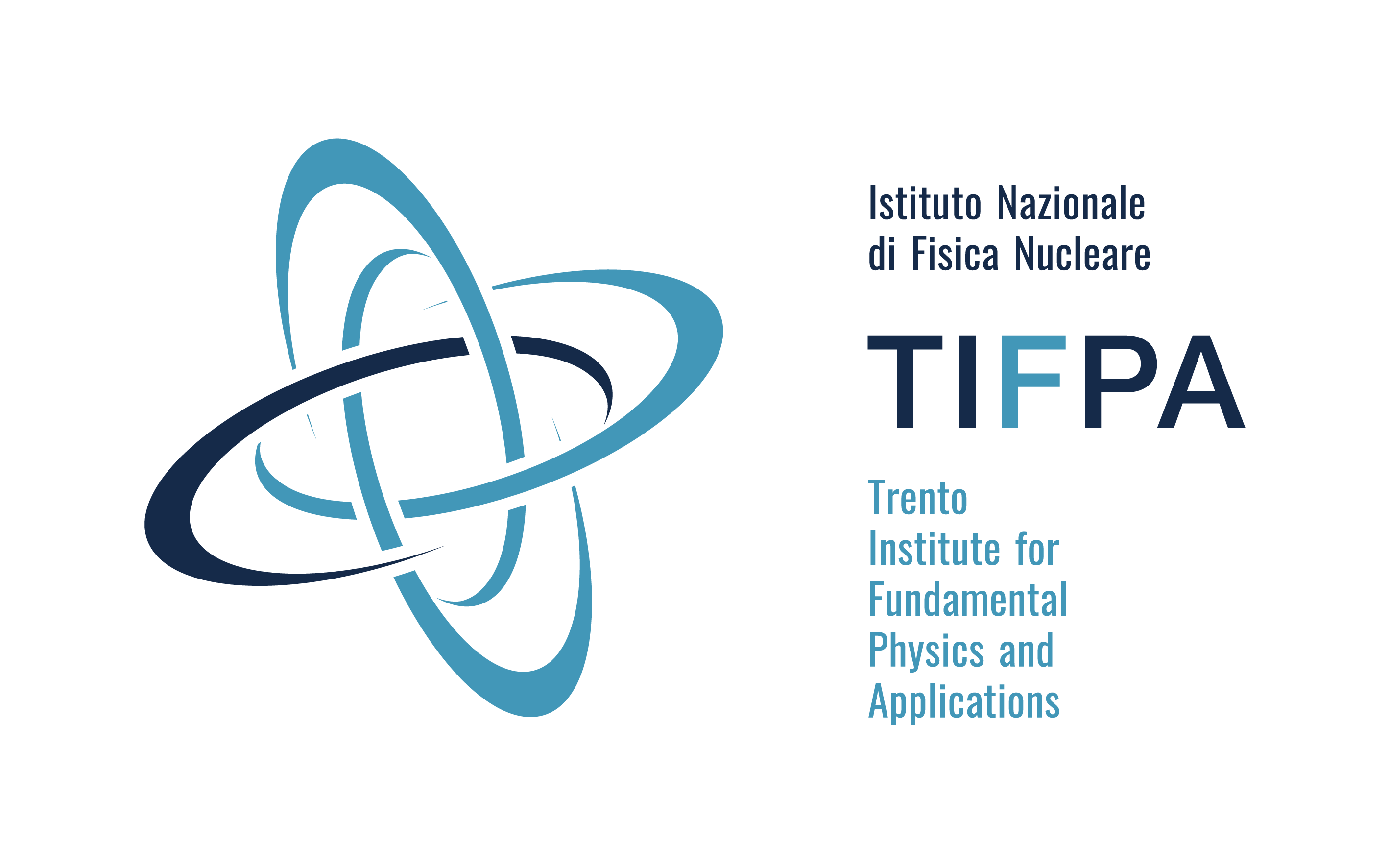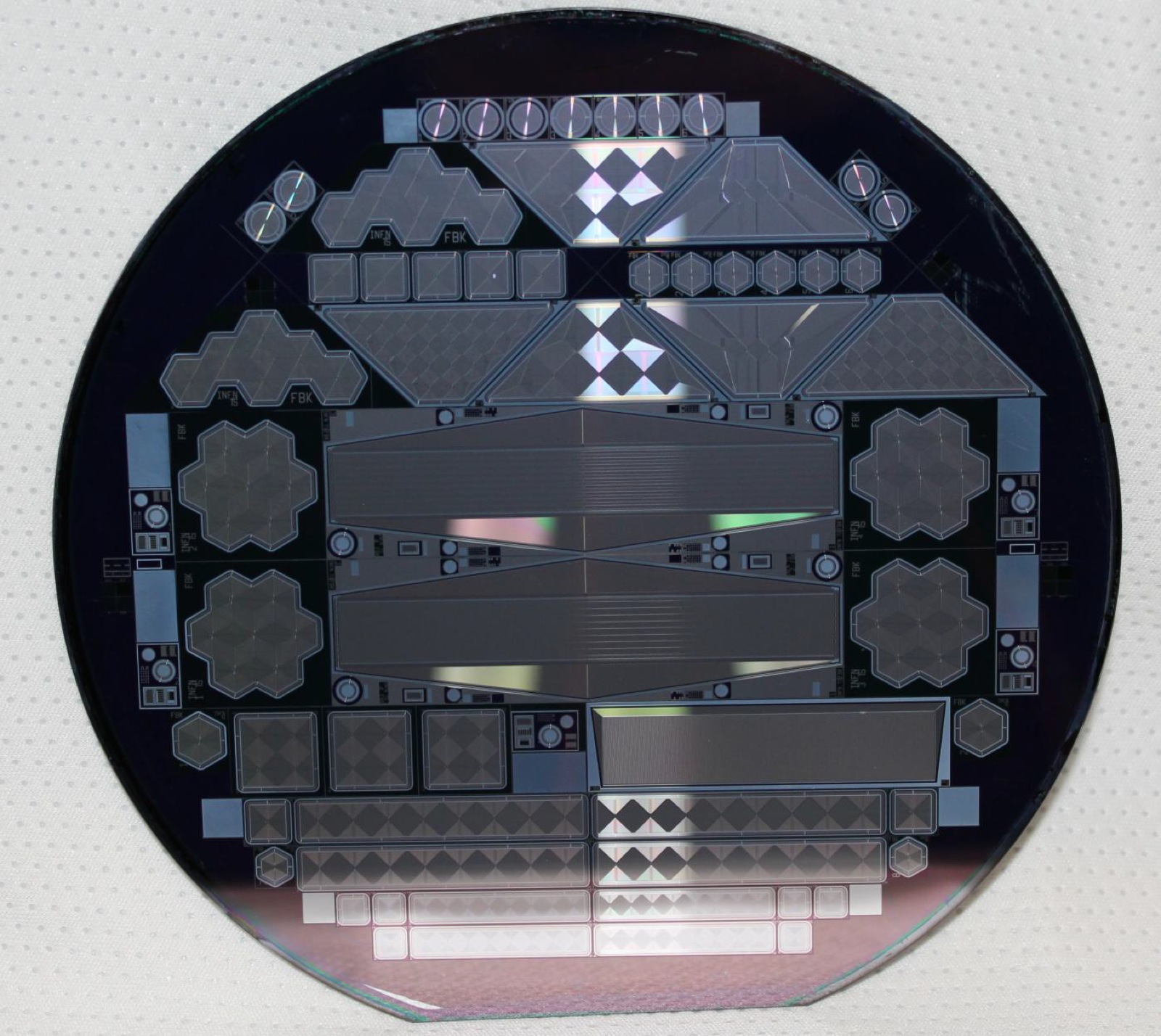REDSOX2 - REsearch Drift for SOft X-rays
Silicon drift detectors (SDD) of small dimensions have been successfully employed in X-ray spectroscopy due to their small anode geometry, which allows to minimize the electronic noise.
The REDSOX2 project is aimed to:
- the development of high energy resolution Silicon Drift Detectors for soft X-rays
- the evolution of the SDD technology in collaboration with FBK CMM Trento
- the development large surface Silicon Drift Detectors for X-ray astrophysics
- the development of detectors for Advanced Light Sources
The Science
TwinMic spectromicroscopy beamline at the Elettra Synchrotron (Trieste, Italy) is worldwide unique in combining transmission imaging, absorption spectroscopy and low-energy X-ray Fluorescence (LEXRF), which allows for analyzing simultaneously the morphology and elemental or chemical distribution of specimens with sub-micron resolution in the 400-2200 eV energy range.
We develop a trapezoidal shaped matrix with 8 cells of Silicon Drift Detectors (SDD) featuring a very low leakage current (below 180 pA/cm2 at 20 C) and a shallow uniformly implanted p+ entrance window that enables sensitivity down to few hundreds of eV. The matrix consists of a completely depleted volume of silicon wafer subdivided into 4 square cells and 4 half-size triangular cells. The energy resolution of a single square cell, readout by the ultra-low noise SIRIO charge sensitive preamplifier, is 158 eV FWHM at 5.9 keV and 0 C. The total sensitive area of the matrix is 231 mm2 and the wafer thickness is 450μm. The detector was developed in in collaboration with FBK, Trento. Its trapezoidal shape was chosen in order to optimize the detection geometry for the experimental requirements of low energy X-ray fluorescence (LEXRF) spectroscopy, aiming at achieving a large detection angle. The complete system, composed of 4 matrices, increases the solid angle coverage of the isotropic photoemission hemisphere about 4 times over the present detector configuration. The next activity is aimed at building a new detector with a customized geometry that allows to cover a larger solid angle of acceptance, thus to reduce drastically the typical measurement scanning time.
The beamline XAFS at ELETTRA is dedicated to X-ray absorption spectroscopy. It combines the capability of X-ray absorption spectroscopy (XAS) to provide short range chemically specific structural information around the photo absorber atom together with x-ray diffraction (XRD) sensitive to a longer range. Both techniques allow to fully characterizing material structure.
XAFS is installed on a bending magnet source and cover the wide energy range from 2.4 keV to 27 keV.
A new configuration of th XAFS Si detector is under development to allow a more efficient employment of the facility by reducing the dead time (segmented detector) and the time of integration for a measurement (larger area) by means of a customized large-area Si drift detector which design is driven by specific simulations of the beamline set-up.
TEAM
• Involved external institutions: FBK (Trento), Sincrotrone Trieste Elettra, LABEC, EuroFEL, IAS-BO, IASF-ROMA
• INFN groups: Trieste, TIFPA, Bologna, ROMA2, Milano, Firenze, Pavia
• Principal Investigator: Andrea Vacchi, INFN - Trieste
• INFN Project: CSN V
• Duration: 2 years (2016-2018)
TIFPA Team
• Local responsible for TIFPA: Irina Rashevskaya
• Involved TIFPA people: Piero Spinnato
Images






